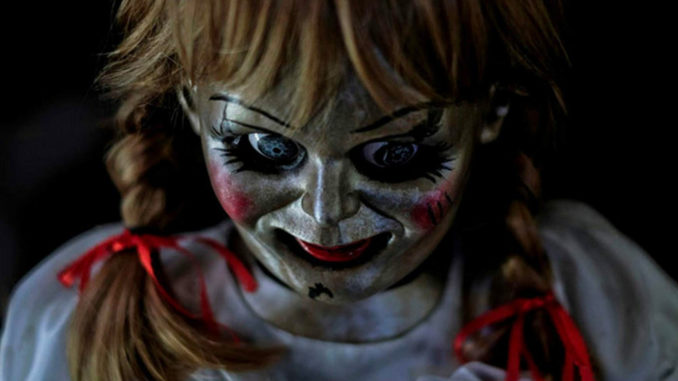
Written by Matt Biancardi
If you’re going to build a theme park, you have to include the hits. Naturally, your marquee names are ultimately going to prod that irate couple from Des Moines and their terrible children up to the turnstile to pay admission, but you need those tried-and-true staples to keep them staggering around hot asphalt hemorrhaging money. Your log flumes, your ferris wheels, your carousels: these low-stakes don’t demand as much out of you as a 300-foot coaster but offer just enough to keep you glassy-eyed and occupied in between five-dollar refills of that twenty-dollar souvenir cup. Oh, yeah—and don’t forget the haunted house.
The same logic (and financial strategy) rings true when you’re running maintenance on a cinematic universe. In the 12 years since James Wan started poking around in the dark with Dead Silence and nine years since he figured out how to print money with Insidious, Wan and a loose assembly of creatives have dominated cineplexes with their macro-friendly take on horror. From the tentpole Conjuring series to its horde of offshoots like The Nun 2: Nun for You (I think that’s the working title), Wan’s creations have an uncanny ability to creep into every corner of pop culture and wallets alike. The newest doll on the shelf, Annabelle Comes Home, is, ultimately, like installing a Tilt-A-Whirl: it’s not overwhelming, kind of fun, and feels like it should be in the park.
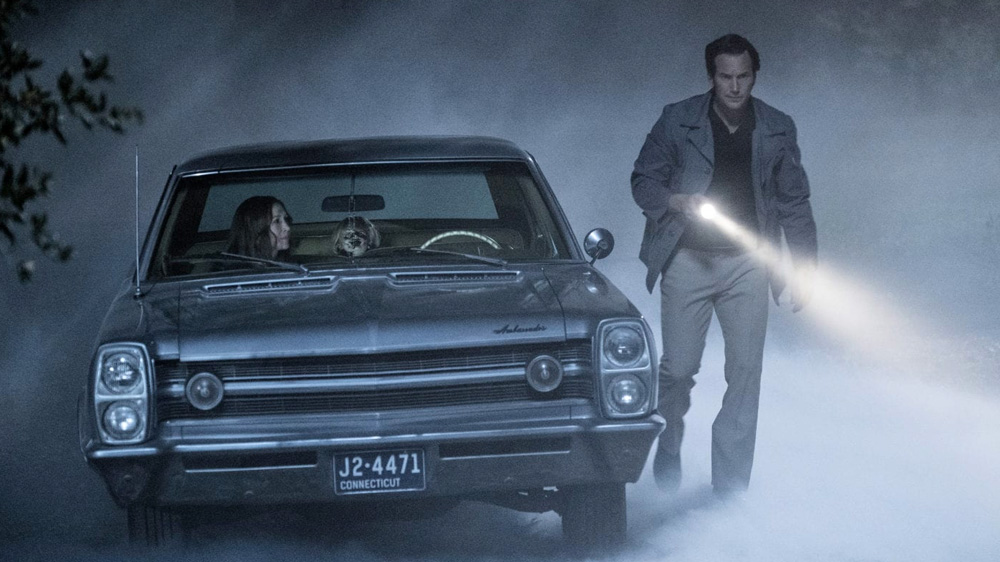
First things first: exposition on the story. In the long and short, Annabelle Comes Home details how the most famous doll in modern horror made its way to the hands of Ed and Lorraine Warren (Patrick Wilson and Vera Farmiga, respectively) in the ‘70s. This entire review could be about the at-best specious career and practices of the real-life Warrens, but I’ll operate as though you’re already aware or are ready and willing to type “Warrens Fraud” into Google.
Cue some fog, some ghosts, what have you, and cut to Annabelle locked away in a “chapel glass” (I love the way those morphemes come together) container in their room of All Things Haunted. Follow it up with teenager Mary Ellen (Madison Iseman) arriving to babysit daughter Judy (McKenna Grace) while the Warrens head out for the night to investigate a case. Two things to know: Judy sees ghosts just like mammy, and the spooky stuff is off-limits. Mary Ellen’s spooky-loving friend Daniela (Katie Sarife) wedges her way into the mix, and naturally, she messes with the spooky stuff. Annabelle’s out on the town baybeeeeee.
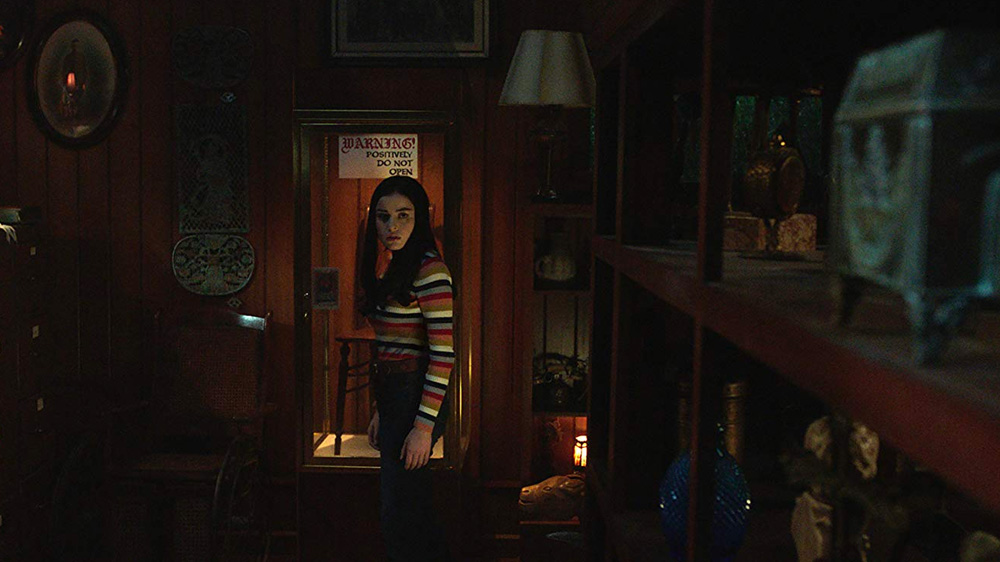
If my above synopsis sounds reductive, I promise you: these are all the dry beats of the story sans boilerplate innocent teen dialogue. There’s an earnest attempt at character development through the lens of Judy grappling with the thought of good people (and ghosts) while she’s ostracized by classmates, and a thread worth noting involving Daniela and her dead dad, which acts as the catalyst for the movie. That’s about it. I’m well aware of the fact that creating a little suburban idyll with wholesome people makes terrifying them more fun, but the give the baddies something more to work with than a pack of cardboard cutouts.
The characters’ lack of depth struck me odd in that a very capable set of hands was tasked with putting them on the screen. Gary Dauberman—the man responsible for the fan- and critic-approved It screenplay, a writer for the Swamp Thing TV series (landing an Alan Moore title is no small feat), and the writer and creator of the Annabelle series—did double-duty this time around, screenwriting and making his directorial debut. But something just wasn’t there. His ability to create layered, endearing characters you want to follow has been clearly demonstrated, so why did everyone in Annabelle Comes Home feel flat?
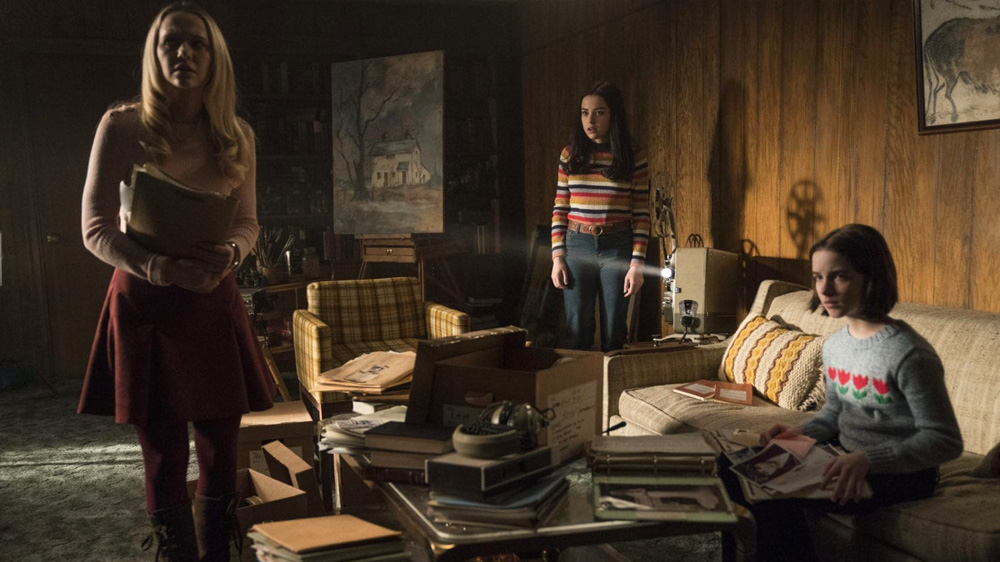
Unlike the previous two Annabelle installments, for which James Wan only received a producer’s credit, Annabelle Comes Home welcomed Wan to the writer’s room, and he and Dauberman share screenwriting credits. With how in-demand Wan is right now—as of this writing, he’s slated to direct to Aquaman 2 (which doesn’t need to be made) and is attached to no less than eight upcoming projects as producer—it’s not beyond to wonder if his schedule didn’t have something to do with skimping on a script that I felt could’ve been a more realized narrative.
But directorially, and in his debut no less, Dauberman demonstrated a true understanding of creating space and atmosphere in a genre that demands space and atmosphere. He crafts attention-grabbing environments, with the new roster of creepies on deck—my favorite being a clever sequence involving the Ferryman ghost and his coins and shadows (I’m a Greek mythology pedant and I kept muttering “His name’s Charon,” but I enjoyed it nonetheless). In what may be the best haunting of a board game outside Ouija, a scene involving an obscure ‘70s title named Feely Meely makes you never want to stick your hand into any box ever again.
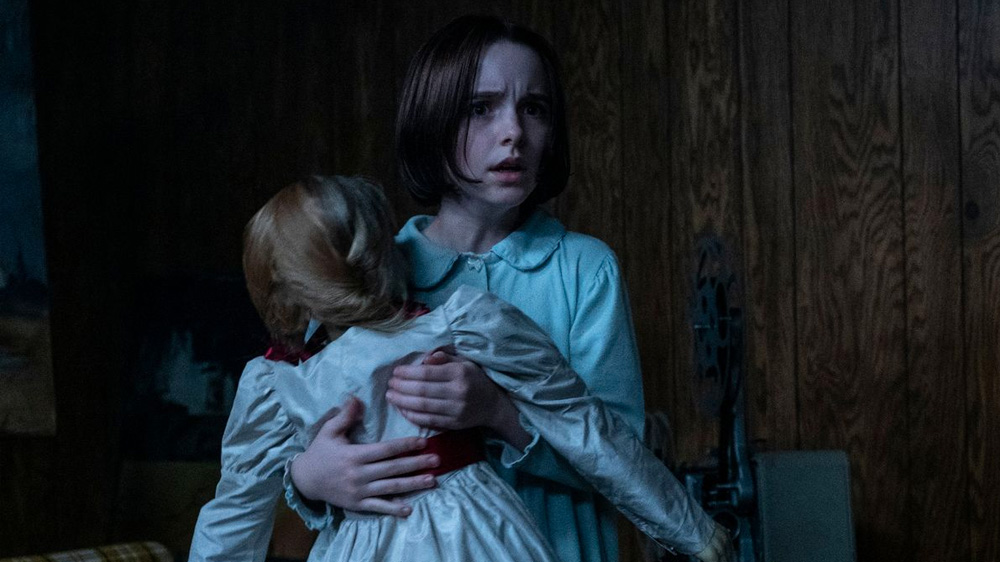
There’s a bit more to unpack here—namely, the inscrutable choice to shoehorn in a beau for Ellen Mary who spends the entire movie running around the house with no bearing on the plot, and the truly insane amount of prices slapped on every available surface within a grocery store to remind you you’re in the ‘70s when things were cheaper—but you can experience those yourself. The ride’s worth the price of admission; just don’t expect to remember much about it when you step off and head for the exit.

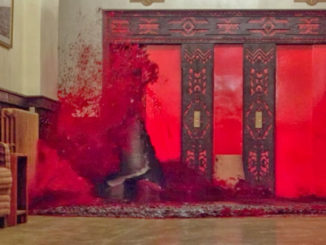
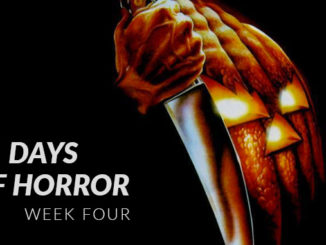
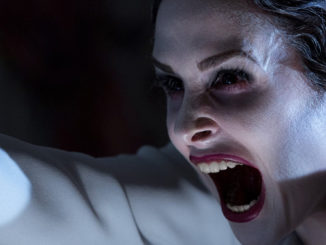
Be the first to comment